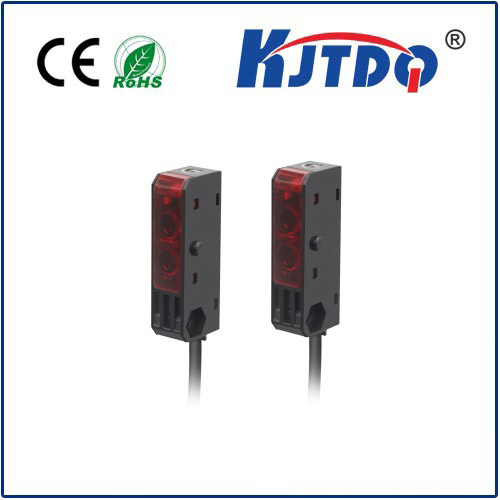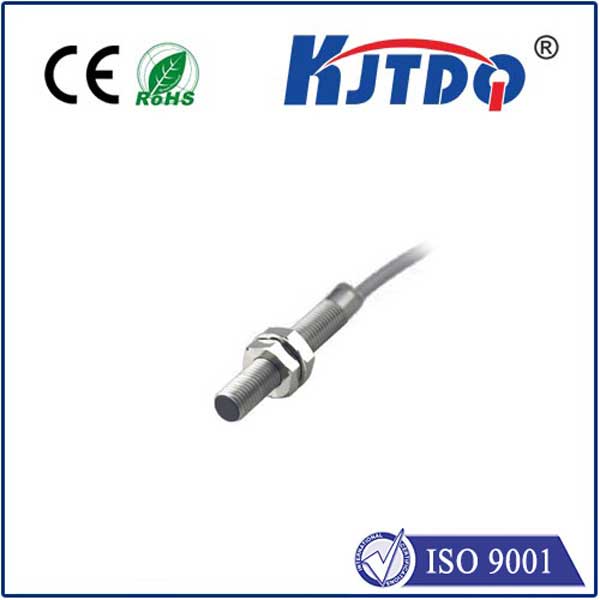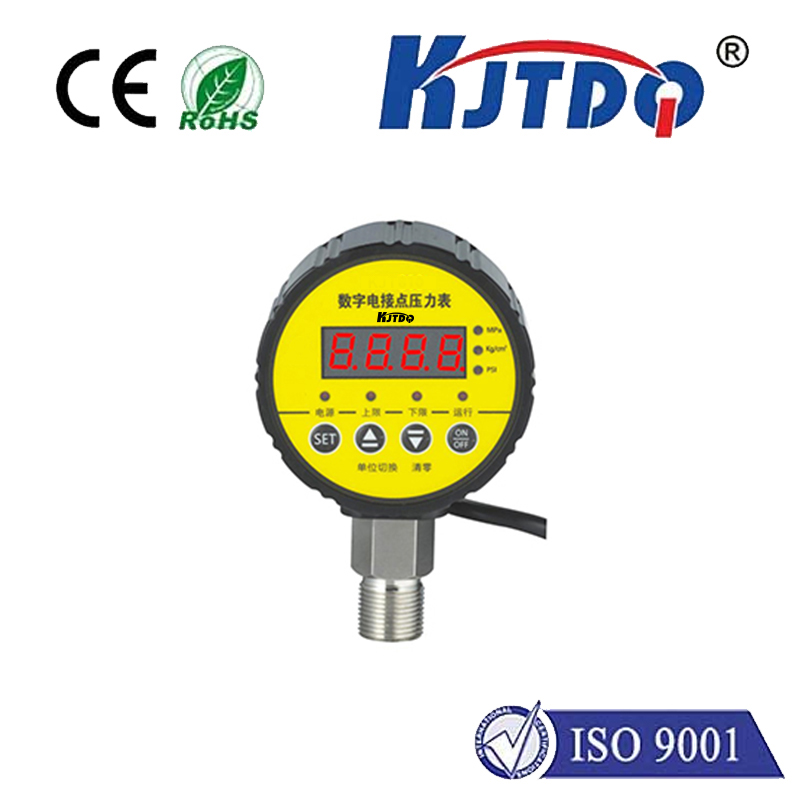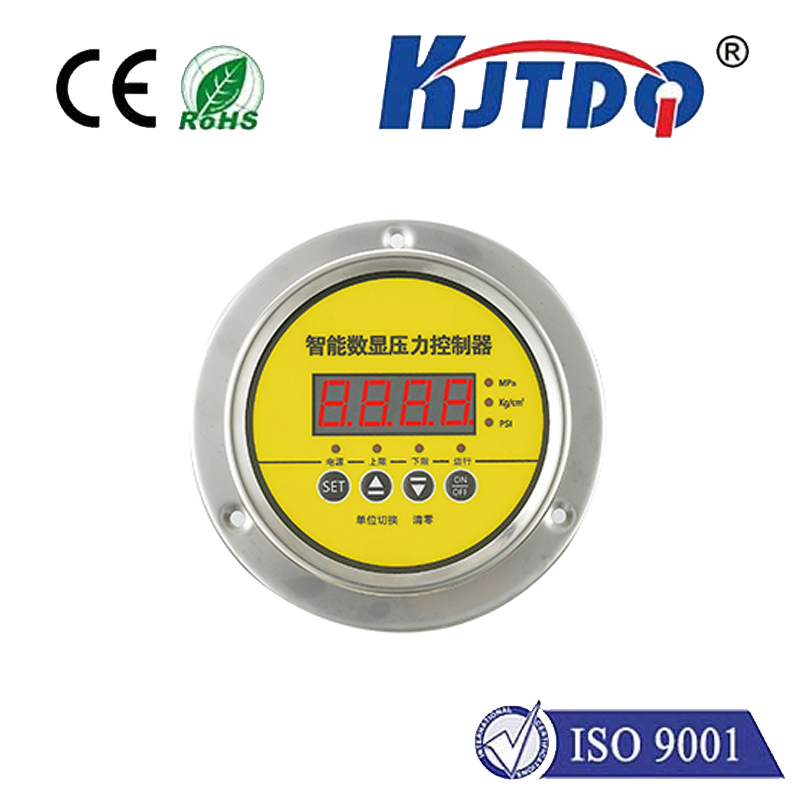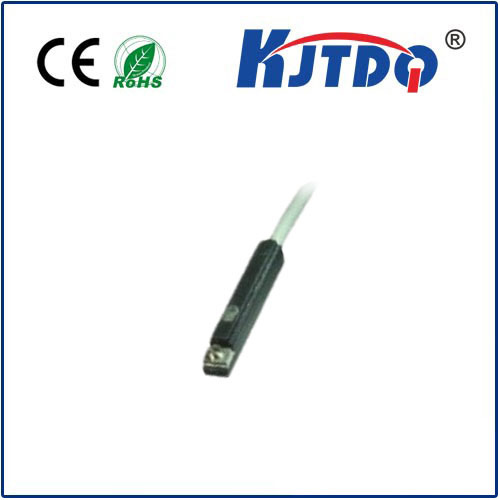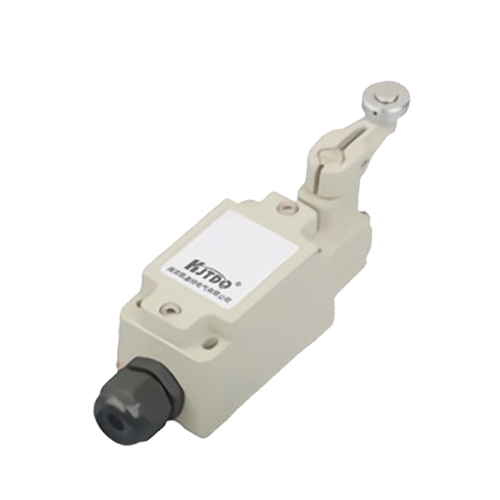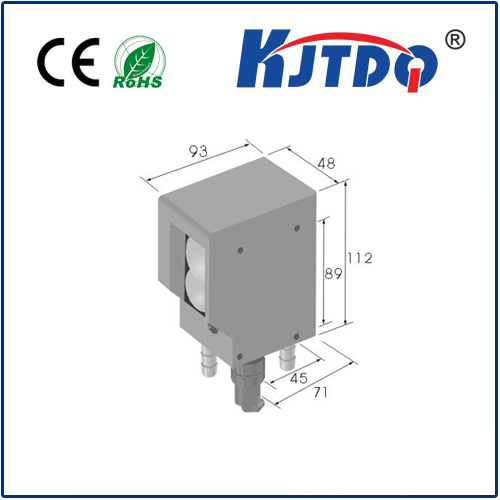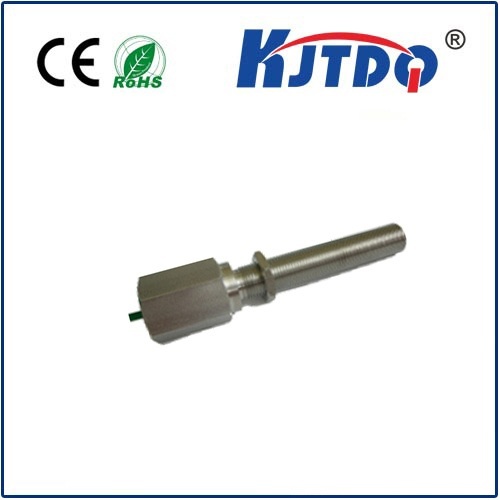BES00FT high pressure proximity sensor
- time:2025-09-29 23:10:25
- Click:0
The Ultimate Guide to BES00FT High Pressure Proximity Sensors
Imagine a hydraulic cylinder relentlessly cycling under crushing pressures exceeding 200 bar, or molten plastic surging through an injection moulding machine. In such brutal industrial environments, simply knowing if a critical component is present or positioned correctly isn’t just convenient—it’s essential for safety, efficiency, and preventing catastrophic, costly failures. Traditional sensors often buckle under these extremes. Enter the BES00FT high pressure proximity sensor, engineered specifically to thrive where standard sensors fear to tread. This device represents a pinnacle of durability and reliability for demanding sensing tasks under immense pressure.
Understanding the Core Challenge: Sensing Under Siege
High-pressure environments – common in hydraulic systems, injection moulding, die casting, press automation, and heavy machinery – pose unique threats to sensors. Standard inductive proximity sensors can fail due to:
- Mechanical Deformation: The sheer force exerted by surrounding pressurized fluids (oil, water, or air) can physically crush or deform sensor housings, damaging internal components.
- Seal Failure: Pressure breaches compromise the sensor’s internal cavity, allowing contaminants like oil, coolant, or metal shavings to invade and short-circuit electronics.
- Diaphragm Rupture: Many sensors designed for lower pressures use elastomer seals that can rupture, leak, or extrude under sustained high pressure.
- Signal Instability: Vibrations and pressure pulsations inherent in these systems can cause erratic switching or signal loss in less robust designs.
The BES00FT high pressure proximity sensor tackles these challenges head-on. It’s not merely a sensor; it’s a pressure-resistant sentinel built for endurance.
Engineering Excellence: Built for the Pressure Cooker

What sets the BES00FT apart is its unwavering focus on surviving and performing reliably under continuous high pressure exposure. Key design elements include:
- Robust, Pressure-Optimized Housing: Constructed from high-grade stainless steel, the housing is engineered with reinforced walls and geometries specifically calculated to withstand extreme external pressures without deformation or collapse. This isn’t just heavy-duty; it’s pressure-duty.
- Superior Sealing Technology: Forget standard O-rings. The BES00FT typically employs advanced multi-stage sealing systems, often incorporating specialized pressure-energized seals or high-integrity welded constructions. These seals are designed to maintain integrity even as external pressure increases, preventing media ingress permanently. This hermetic seal is critical for long-term reliability.
- Durability Against Media: Designed to resist attack from common industrial fluids like hydraulic oils (mineral and synthetic), coolants, and water-based solutions, ensuring stable performance without corrosion or degradation.
- High-Temperature Resilience: Many high-pressure applications also involve high temperatures. The BES00FT high pressure proximity sensor is built to maintain stable switching characteristics within elevated temperature ranges common in these harsh settings.
The Sensing Principle: Immune to Pressure
At its core, the BES00FT utilizes a tried-and-true inductive sensing principle. This means it generates a high-frequency electromagnetic field from its active face. When a metallic target (like a piston rod, valve spool, or mould plate) enters this field, eddy currents are induced within the target. This causes a detectable change in oscillation amplitude within the sensor’s circuit.
The crucial advantage? This inductive sensing mechanism is unaffected by external pressure. Pressure doesn’t alter the electromagnetic field or the eddy current generation in the target metal. As long as the sensor’s physical structure remains intact (thanks to its robust housing and seals) and its electronics are protected (due to those seals), it continues to detect the target presence reliably. Its pressure immunity stems directly from the non-contact nature and physics of inductive sensing.
Where the BES00FT High Pressure Proximity Sensor Shines
This sensor finds its true calling in applications where pressure is the defining challenge:
- Hydraulic Cylinder Position Feedback: Mounted directly on cylinder barrels to detect piston rod position for end-of-stroke confirmation or mid-stroke control, even at pressures exceeding 500 bar. Ensures precise machine sequences.
- Injection Moulding Machines: Monitoring ejector plate positions, mould open/close status, or core pulls within the high-pressure melt zones.
- Die Casting Machines: Position sensing of plunger tips, ladles, or machine platens exposed to extreme clamping pressures and molten metal splatter.
- Press Automation: Detecting tooling positions, workpiece presence, or ram stops within massive presses generating immense tonnage.
- Valve Position Feedback: Confirming the open/closed state of high-pressure valves in chemical processing, power generation, or oil & gas applications.
- Subsea & Offshore Equipment: Used in ROVs (Remotely Operated Vehicles) or seabed equipment where immense water pressure is constant.
Selecting and Implementing Your BES00FT
When incorporating high pressure proximity sensors like the BES00FT, consider these factors for optimal performance:
- Pressure Rating: The absolute critical specification. Ensure the sensor’s rated maximum pressure (e.g., 250 bar, 500 bar, 1000 bar) exceeds your application’s maximum operating pressure, including potential pressure spikes or surges. Never operate near the absolute limit.
- Media Compatibility: Verify the sensor housing and seals are compatible with the specific fluid (oil type, water glycol, etc.) in your system. Chemical resistance is key.
- Temperature Range: Ensure the sensor’s operating temperature specification covers both the ambient and process-induced temperatures.
- Electrical Specifications: Match the output type (PNP/NPN, NO/NC), voltage range (commonly 10-30V DC), and current rating to your control system. Connector type (M12, etc.) is also vital.
- Sensing Distance & Target Material: Confirm the rated sensing distance works for your mounting setup and that the sensor is optimized for your target metal (steel, stainless steel, brass, etc.).
- Mounting: Follow manufacturer guidelines precisely. Improper mounting can stress the housing or compromise seals. Use appropriate sealing washers or O-rings as specified.
Installation & Longevity: Treat it Right
- Protect the Face: While incredibly tough, the sensing face is still vulnerable to direct impact or severe abrasion during installation or operation. Avoid dragging it against rough surfaces.
- Avoid Pressure Peaks: If possible, design the system to minimize pressure shocks or water hammer effects directly impacting the sensor body.
- Clean Environmentally: Use appropriate cleaners compatible with the sensor’s materials. Avoid solvents that might degrade seals.
- Vibration: Although robust, excessive vibration can fatigue components. Ensure secure mounting per guidelines. Regular visual inspection for damage or leaks is prudent.
In the relentless world of high-pressure industrial automation, the BES00FT high pressure proximity sensor stands as a beacon of reliability. It transforms a critical weakness – pressure vulnerability – into a core strength. By mastering the physics of inductive sensing within an exceptionally robust and hermetically sealed package, it delivers unwavering position feedback where others simply cannot survive. When pressure is the enemy, the BES00FT is your indispensable ally, safeguarding your processes and maximizing uptime.






